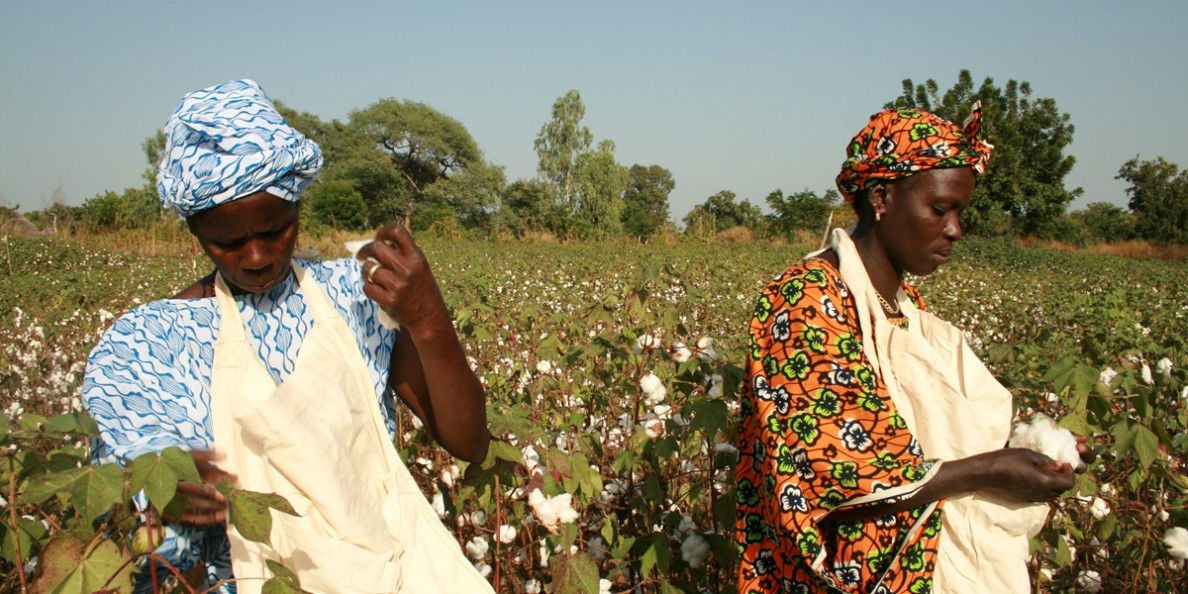What you need to know:
- The global textile market size is anticipated to growth to $1.412 trillion by 2028, according to Grand View Research, expanding at a compound annual growth rate of 4.4 percent between 2021 and 2028.
- Therefore, Mr Mubiru said there was need for government to invest in the cotton sector by operationalizing the Cotton, Textile, Apparel strategy, citing India and China, which have used similar strategies to revolutionise their textile sector.
Only 10 percent of cotton produced in Uganda is used locally, with the country remaining a net exporter of cotton lint despite large demand for textile and apparel products, according to Uganda Manufacturers Association.
In a presentation titled: Investment in agro-industry: A case study of Cotton, Textile Apparel during the 14th National Competitive Forum in Kampala, Mr Richard D Mubiru, the chairman of Uganda Manufacturers Association (UMA) and a director in Nytil, said cotton production in Uganda has about 250,000 small holder farmers, who produce about 68,913 bales per annum.
However, he noted: “Uganda remains a net exporter of cotton lint,” indicating that 90 percent of lint is exported, while “a paltry 10 percent is processed into finished products [within the country]”.
Cotton production remains a mandate of Cotton Development Organisation, under the Ministry of Agriculture, but Mr Mubiru said government has done so little to support farmers to achieve optimal production, indicating that the industry has been left to ginners and cotton merchants.
This has in effect worked against set targets in terms of volumes and value, which in its 2001/02 annual report, the Cotton Development Organisation had indicated that under a Cabinet-approved strategic export commodities programme, cotton production would increase to 185,000 tonnes (or 1 million bales) by 2006.
However, according to a Ministerial Policy Statement for the 2022/23, the one million bales remain a hugely ambitious target 17 years later, given that the country had, as of June 2022 only managed to produce 68,913 bales, which was a 36 percent increase from the 50,709 produced in the year ending June 2021.
In Uganda, Mr Mubiru said, investment in the cotton sector remains low with spindles standing at under 30,000, while less than 500,000 metres of fabric are weaved per day.
Additionally, less than 200,000 tonnes of fabric are knitted daily, but he noted that at garmenting level, although largely unorganised, the sector is able to locally produce over a million uniforms annually for pre-primary, primary and secondary school children, which is over and above other local clothing needs.
Under the 2021/25 Cotton, Textile Apparel strategy, government and development partners had hoped to invest about Shs3.9 trillion in the medium term.
However, Mr Mubiru said there is shrinking fiscal space to allow optimal implementation of the strategy, which merits innovator to find alternatives in the realm of public private partnerships, use of tax policies and other measures to spur investment.
“The critical areas of any functional [Cotton, Textile, Apparel]: spinning and weaving value chain are the weakest in Uganda,” he said, noting that this is why Uganda continues to be condemned to exporting raw lint especially to Asia, thus rendering the country’s textile and apparel sector almost non-existent.


